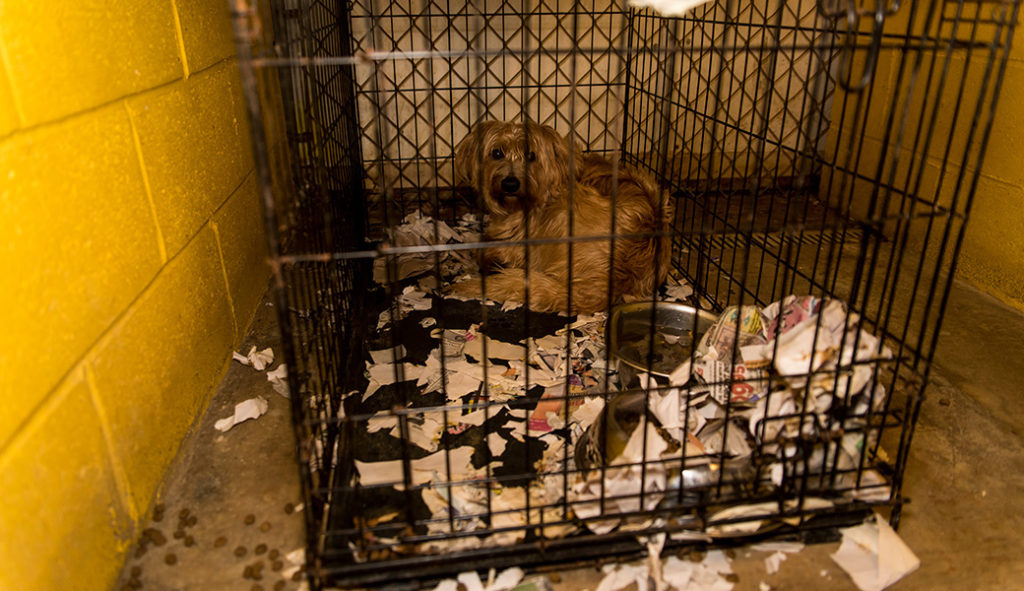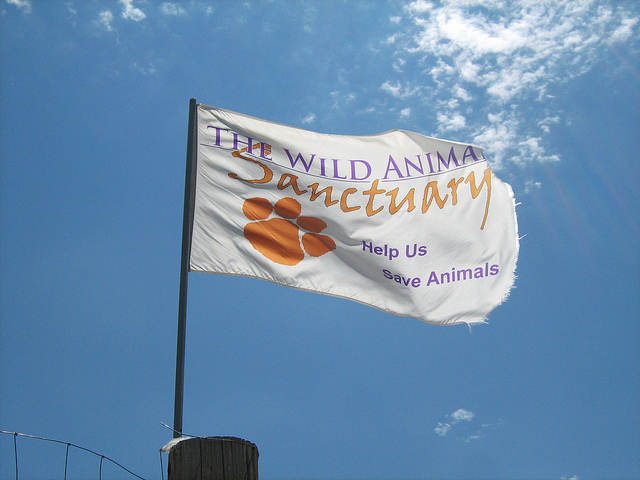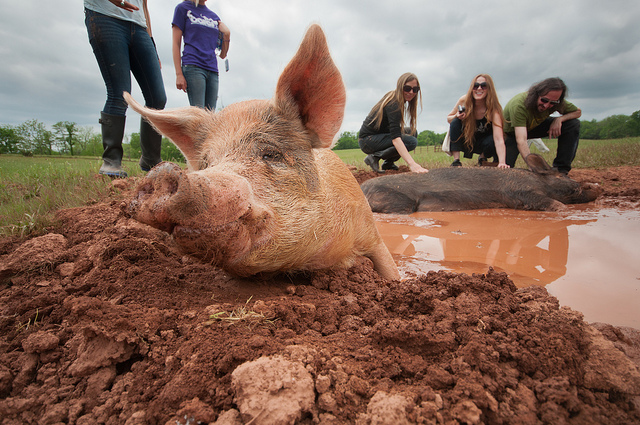It’s incredible when animal lovers give up everything to dedicate their lives to helping animals in need. In fact, we rely on kind-hearted people such as this to help over-crowded shelters.
However, there is a dark side. Sometimes, even with the best intentions, things can go wrong. Lately there has been a slew of rescues and sanctuaries that have had to be rescued themselves – with animals living in horrendous conditions.
The latest seizure by the ASPCA (American Society for the Prevention of Cruelty to Animals) included 700 animals and is the largest in their history. The 122-acre farm was an unlicensed rescue.

So before you take the plunge and open an animal sanctuary or rescue, take the time to think about what it really means, and if you are willing and able to make sure these animals are receiving the care they need.
Faith Maloney is one of the founders of the Best Friends Animal Society. She knows exactly what it is to give up everything else to care for animals in need. Each year, she runs workshops at the Best Friends Animal Sanctuary in Kanab, Utah, for those interested in starting their own sanctuary. We interviewed her about the challenges of running a sanctuary and what people should think about before starting one.

First, what’s the difference between a rescue and a sanctuary? Is one better than the other?
Maloney: A sanctuary can describe a longer term stay for an animal in need. Sanctuary means a safe place, so the length of stay could mean that animal’s whole life. A rescue might indicate a shorter stay at a place before adoption. Neither one is better than another. I think it does describe a different function. Well, in my mind it does.
Are more privately run sanctuaries (or rescues) needed?
Maloney: Yes. But they need to be done well and that costs a lot of money. Often well-intentioned people start a rescue or sanctuary but do not have the resources or the skills to offer good housing, veterinary care or staff to manage a facility. This is when “loving animals” is not enough.

What questions should a person ask themselves before taking this big of a leap?
Maloney:
- Do I have the skills or the interest to do fundraising?
- Am I good at recruiting help?
- Have I set limits for myself and the number animals I want to care for?
- Do I like people? (Sometimes people decide to work with animals because they dislike people. But running a rescue means relating to people – a lot. People give the money, people adopt the animals and people work or volunteer there. With poor people skills all of those areas are affected.)
Should the amount of space they have be a consideration?
Maloney: Space is dictated by the animal being rescued. Dogs take up more space than cats. And Guinea Pigs take up way less space. Horses need lots of it. So how much space is determined by the physical needs of the species the person is planning on helping.

What about location of your sanctuary/rescue? Does that matter?
Maloney: Yes, it can matter depending on what you are trying to achieve. For Best Friends, being somewhat remote does not matter as we specialize in helping animals that need more time to heal or receive training, but if the sanctuary/rescue is looking for a fast turnaround for the dogs and cats in their care for adoptions for the public then yes, they need to be closer to a large population base.
Often the problem is that land is cheaper outside of a major city but getting people out there for adoptions and volunteering can be a challenge. Many sanctuaries/rescues have had to close down due to lack of public support when they are too far outside of the range that people feel comfortable with. And that range is relative. In some communities that might mean 30 miles and in another it could be as little as 10 miles.

What are some things no one thinks about when opening a rescue or sanctuary that causes pain down the line?
Maloney: How to say no. This goes back to the point about limits. People who start to do this work have big hearts and saying no is not an option when faced with an animal in need. But it has to be part of the initial plan. “I can take care of 10 (15, 20, 25) dogs. After that number, whatever it is, I am in trouble financially and staff-wise.”
What are the dangers about opening a sanctuary…how do people “get into trouble” and end up being a neglect case themselves?
Maloney: As soon as you say “I am opening a sanctuary” the animals, or should I say, the people in need, find you. If you do say “Sorry I am full” they might well deposit the animal there anyway – cats in a box or a dog tied to a tree. This is why you have to have those limits spelled out from day one and a plan for how you relate to the ones that just arrive on your doorstep.
What are some of the main troubles that can cause a sanctuary to “go south”?
Maloney: Loss of a major donor. Some people start something because “Betty or Floyd” promised to support them but then Betty changes her mind and Floyd loses his money in the stock market. They have relied on that one source for income and now have nothing.
Poor people skills is a big one. It’s easy when a person is desperate to take it out on the people closest to them. Then they leave! Then you are high and dry and blaming others for not caring.
But poor planning and poor advance thinking is the main one. So back to some of the other answers I have given regarding limits, where the funds come from and keeping people involved and engaged.

Aside from your own workshop, what other resources should people look into if they decide they want to pursue their dream of opening a rescue or a sanctuary?
Maloney: I often suggest they volunteer at a well-run largish cat or dog place so they can get a feel for the amount of work it takes to care for a group or cats or dogs. This is often eye-opening for people who are just thinking about it. It’s hard work and it has to be done in all weather!
If you are still thinking you want to open a sanctuary, I highly recommend attending the Best Friends workshop. Visit their website for more information.

